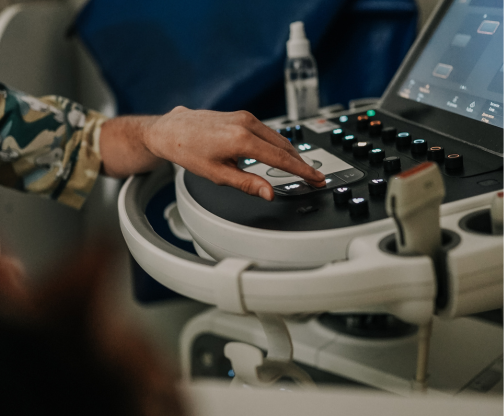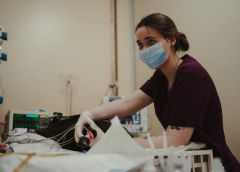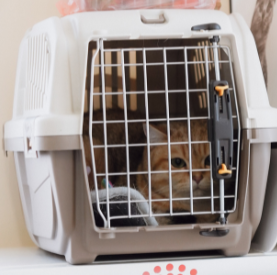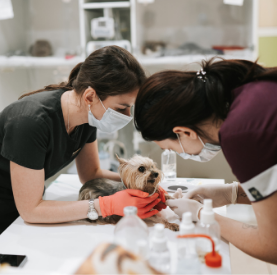Removal of the spleen (splenectomy)
Опубліковано
19.08.2024
Splenectomy
Let's understand its role:
- The spleen is a depot for red blood cells, leukocytes, platelets, and at the same time controls their formation.
- It performs the process of blood filtration, participates in the production of antibodies against viral diseases.
Splenectomy is a complete removal of the spleen.
This is a planned or urgent surgical intervention of a rather high complexity, so it should be performed in specialized clinics with good surgical and anesthetic equipment, a laboratory, and an intensive care unit.
Can an animal live without a spleen?
- An animal can live without a spleen, but the body is less able to fight infections.
Indications for splenectomy:
- Usually performed to relieve clinical signs: hemorrhage, splenic neoplasia, hemangiosarcoma, splenic neoplasia, splenic torsion, acute gastric dilation-torsion, mechanical trauma to the spleen, abscess or rupture of a hematoma.
- Animals with immune-mediated thrombocytopenia, or anemia that is resistant to medical treatment, may also benefit from spleen removal.
How do I know if there is a problem?
Most often, spleen disease is asymptomatic. The first sign of the disease is an increase in spleen volume, but in case of systemic inflammation, infectious disease, this condition is considered normal for the spleen, the organ is under increased stress, but after recovery it should return to normal.
To make the correct diagnosis, it is necessary to collect anamnesis (complaints from the owner).
The examination reveals anemia, sometimes renal failure. The pet refuses to eat, starts drinking more water and going to the toilet more often, bloating, sudden weight loss, vomiting, upset, constipation, diarrhea.
Diagnostics is carried out:
- General and biochemical blood test.
- X-ray is performed
- An ultrasound of the abdominal cavity is performed.
Splenectomy is a surgical intervention that is performed under general anesthesia and high-quality pain relief. The surgeon performs a laparotomy, visualizes the spleen, examines it, removes it, and if a tumor is found, takes a sample for histological examination.
After the operation, the patient needs inpatient treatment for one to three days on average, receives antibacterial and analgesic drugs, and then is discharged home.
Remember that only an experienced doctor can correctly detect an enlarged spleen and make a differential diagnosis. You should not try to make a diagnosis yourself - entrust your pet to a professional to start treatment as soon as possible.
Схожі статті

Effect of castration on the animal
Among the positive changes that occur after castration are that the animals become less aggressive, more friendly with each other, and there is no need to divide the territory.

Preparation for ultrasound examination (ultrasound)
It is important to remember that proper preparation of the animal can significantly facilitate the abdominal ultrasound process. By performing this procedure, the doctor can detect possible problems in time and provide proper treatment. High-tech ultrasound is one of the ways to quickly and informatively diagnose and ensure a long and healthy life for our pets.

WHY ARE DOCTORS NOT ALL-POWERFUL?
A good doctor is worth its weight in gold. Everyone understands this and can spend years looking for the best one, and when they find one, they will expect miracles.

SYNDROME OF TIRED TANKLES IN CATS
Tired antennae of a cat or What do you know about fatigue?

Side effects of antiparasitic drugs
The need for tick and flea treatments for pets is a well-known fact.

How you can help calm cats and reduce stress today
the head of the felinology department, tells us.

Rules for traveling with pets.
What can we do and what is needed?

8 simple rules to protect your pets during the cold season
In recent weeks, the temperature outside has begun to rapidly drop below zero. This means that our pets are in a special risk zone.

Preparation for anesthesia
What you should know about preparing your pet for surgery

